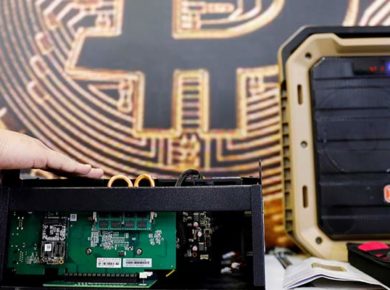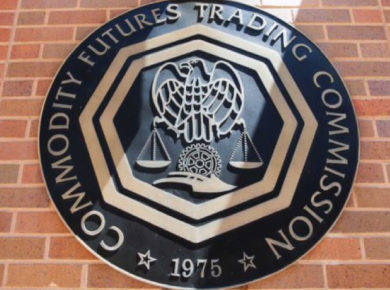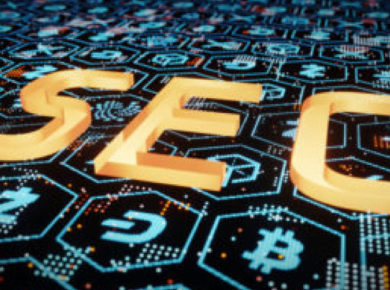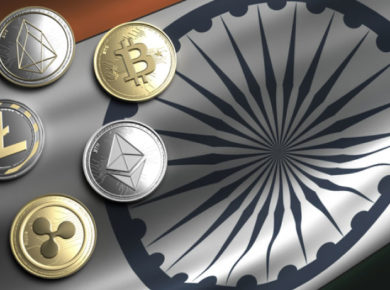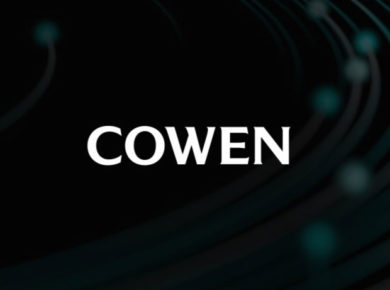Over the past decade, the cryptocurrency sphere has risen from virtual obscurity to financial stardom. Just over 10 years ago, Bitcoin was nothing more than a project that a pseudonymous cryptographer had created and released into the wild.
Because of crypto’s humble beginnings on cryptography web forums, cryptocurrency still has heavy associations with meme culture. One of the best examples of this is Dogecoin (DOGE), which has been around since 2013, but has only recently capture the attention of the mainstream media.
Dogecoin was recently thrust into the spotlight when some of the same r/WallStreetBets traders that caused the GameStop rally turned their attention to DOGE. Within days, the traders pumped the price of Dogecoin from $0.007 per token to $0.07 a pop, which is a rise of roughly 1000%.
Simultaneously, Tesla’s Elon Musk seemed to be developing a bit of a fascination with Dogecoin. A number of analysts believe that Musk’s tweets about the coin are a big part of its recent popularity and consistently higher price point.
But what is Dogecoin, really? Where did it come from? And why is Elon Musk so obsessed with it?
Elon and DOGE: A Love Story
Elon Musk’s first public nod to Dogecoin came in April 2019, when he tweeted that DOGE “might be my fav cryptocurrency. It’s pretty cool.”
Dogecoin might be my fav cryptocurrency. It’s pretty cool.
— Elon Musk (@elonmusk) April 2, 2019
Gouran stated that: “like most memecoins, there is nothing technologically unique about Dogecoin.”
“Cryptos such as Ethereum, Stellar and Ripple all have unique technological attributes which create some form of a value proposition.”
Why does this matter? Imagine two arcades: “if tickets to ‘Bob’s Arcade’ suddenly become valuable, and Bill decides to open his own arcade and buys his tickets from the same vendor, there is nothing inherently unique or valuable about them,” he said. “But if everybody likes Bill better than Bob and they decide to go to Bill’s Arcade instead, that popularity can create value for tickets at Bill’s Arcade despite the fact that they both have the same tickets.”
“Remember that all blockchains use open-source software, which means there are no trade secrets or ‘secret sauce’ involved when it comes to the sophistication of the technology. If it’s out there, anybody can make derivative works of it.”
Dogecoin’s Centralization Problem
Beyond DOGE’s technical limitations, there is also the issue of its centralization. Changpeng Zhao brought this up on February 4th when he referred to Musk as Dogecoin’s PR manager.
“1 address holds 27% of all #DOGE,” CZ wrote. “Top 20 addresses holds more than 50%+ of all #DOGE. Kinda ‘centralized’ in that sense.”
Gouran also told Finance Magnates that: “when it comes to Dogecoin specifically, there is a high concentration of ownership in the total supply of tokens. Approximately 30% of the supply has been bought up by one entity over the past three years.”
“While this reflects a certain level of faith in the asset, it also reflects vulnerability to market manipulation, which is something to bear in mind,” he said.
Elon Musk himself has attempted to address Dogecoin’s centralization problem. On February 15th, Musk urged Dogecoin “whales” to sell their coins: “if major Dogecoin holders sell most of their coins, it will get my full support. Too much concentration is the only real issue imo.”
So far, it seems that no one has taken Musk up on the offer. Still, Dogecoin seems to be more popular than ever. What is next for Dogecoin? Let us know your thoughts in the comments below.




